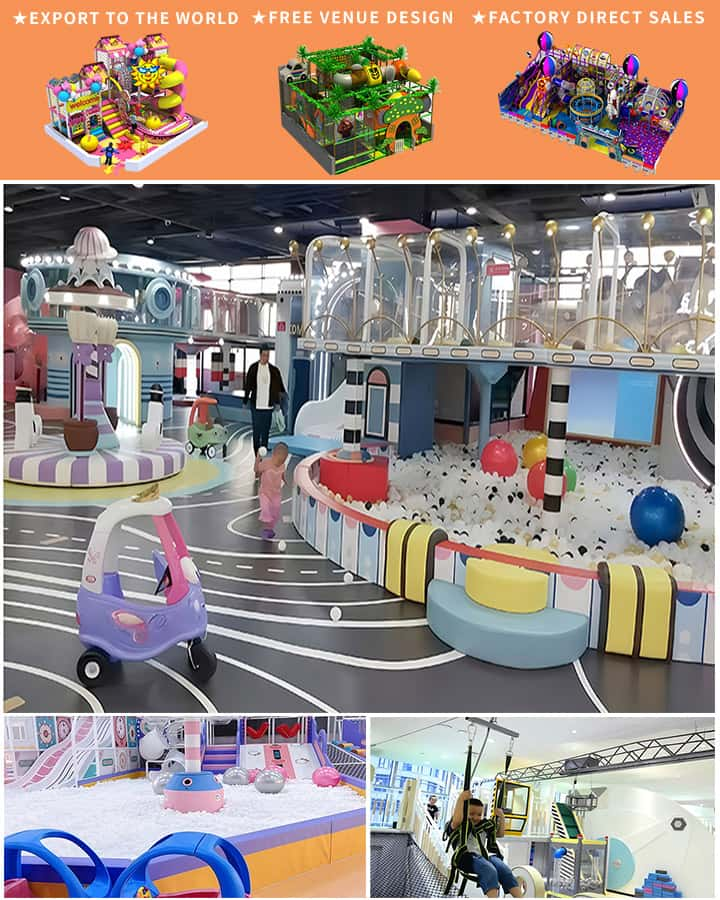Soft playground balls have become a staple in modern playgrounds, offering a myriad of benefits that cater to both safety and enjoyment. These specially designed balls provide numerous advantages over traditional hard or rigid play equipment, making them an essential addition to any safe play environment.
One of the primary benefits of soft playground balls is their enhanced safety features. Unlike conventional hard balls, which can cause injuries when children accidentally hit each other or themselves, soft playground balls are made from materials that absorb impact. This reduces the risk of bruises, cuts, and more severe injuries, ensuring that children can play without constant supervision. The soft texture also means that if a ball does accidentally strike a child, it will not cause as much harm compared to a harder surface.

In addition to safety, soft playground balls promote inclusive play. Children with different physical abilities or those who may be hesitant about participating in high-impact activities can feel more comfortable engaging with soft balls. The lightweight and easy-to-handle nature of these balls make them accessible to all children, encouraging teamwork and cooperative play. Whether used in organized games or simply for informal fun, soft playground balls foster a sense of community and belonging among young players.
Another advantage is the versatility of soft playground balls. They come in various sizes, colors, and textures, catering to different age groups and preferences. For younger children, smaller and lighter balls are ideal for developing motor skills and hand-eye coordination. Older children and teens might prefer larger, slightly firmer balls for more challenging play. Additionally, some soft balls are designed with sensory needs in mind, featuring different surface textures that can help children with developmental disorders better engage with their environment.
Educational benefits also abound with the use of soft playground balls. Activities involving these balls can teach important life skills such as balance, coordination, and strategic thinking. Simple games like catch or relay races can incorporate lessons on following rules, taking turns, and working as part of a team. Teachers and caregivers can easily integrate these fun activities into physical education curriculums or outdoor learning programs, enhancing cognitive development alongside physical activity.
Furthermore, the durability and maintenance of soft playground balls make them a wise investment for schools, parks, and daycare centers. Made from resilient materials, these balls can withstand extensive use and varying weather conditions without losing their shape or becoming hazardous. Their longevity ensures that they remain a cost-effective solution for providing years of safe and enjoyable play.
In conclusion, soft playground balls offer a blend of safety, inclusivity, versatility, educational value, and durability that makes them an excellent choice for playgrounds everywhere. By incorporating these balls into play settings, caregivers and educators can create environments where children thrive physically, socially, and intellectually. As playtime continues to be a crucial aspect of childhood development, soft playground balls stand out as a simple yet effective tool for enhancing this valuable experience.




